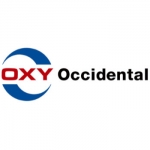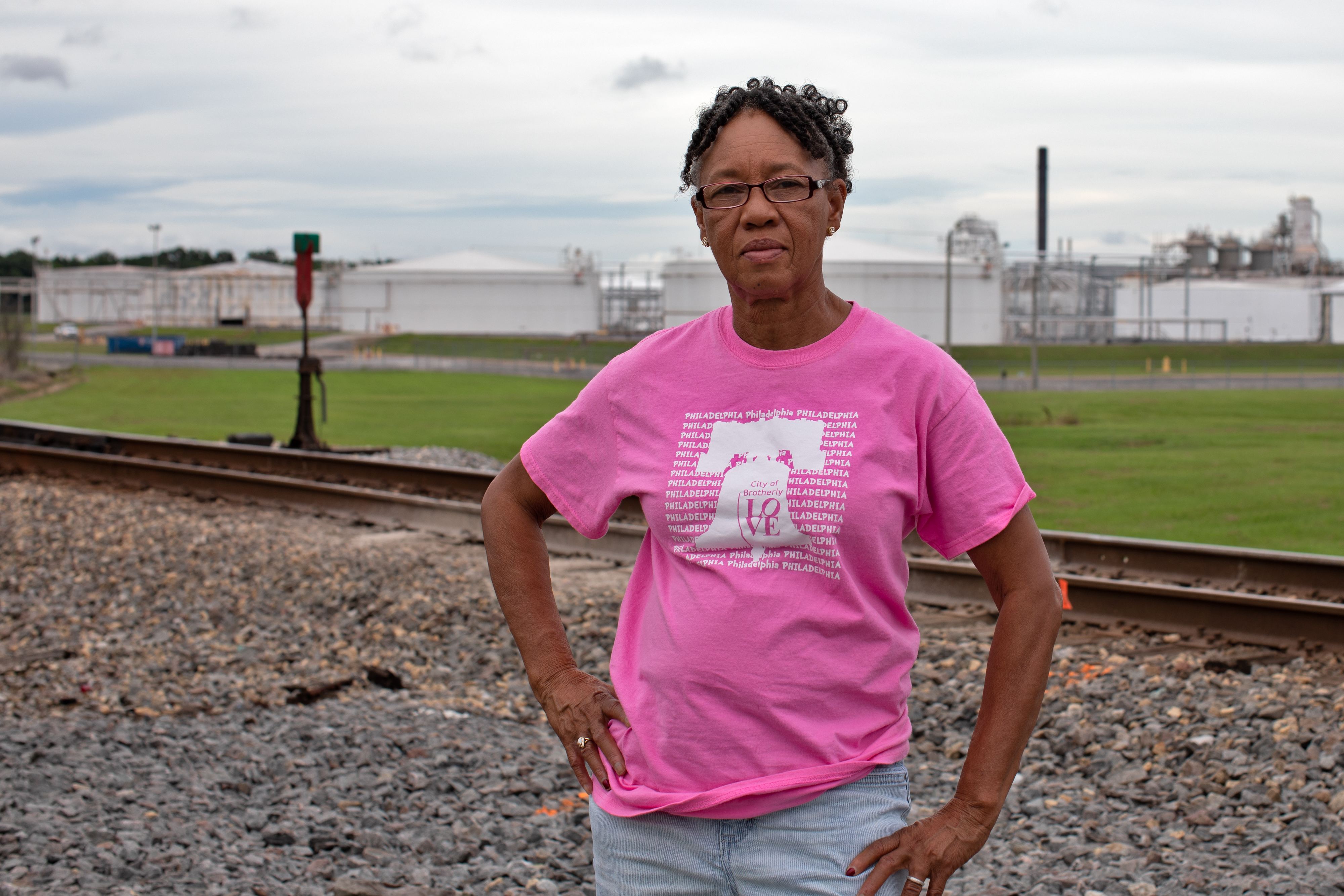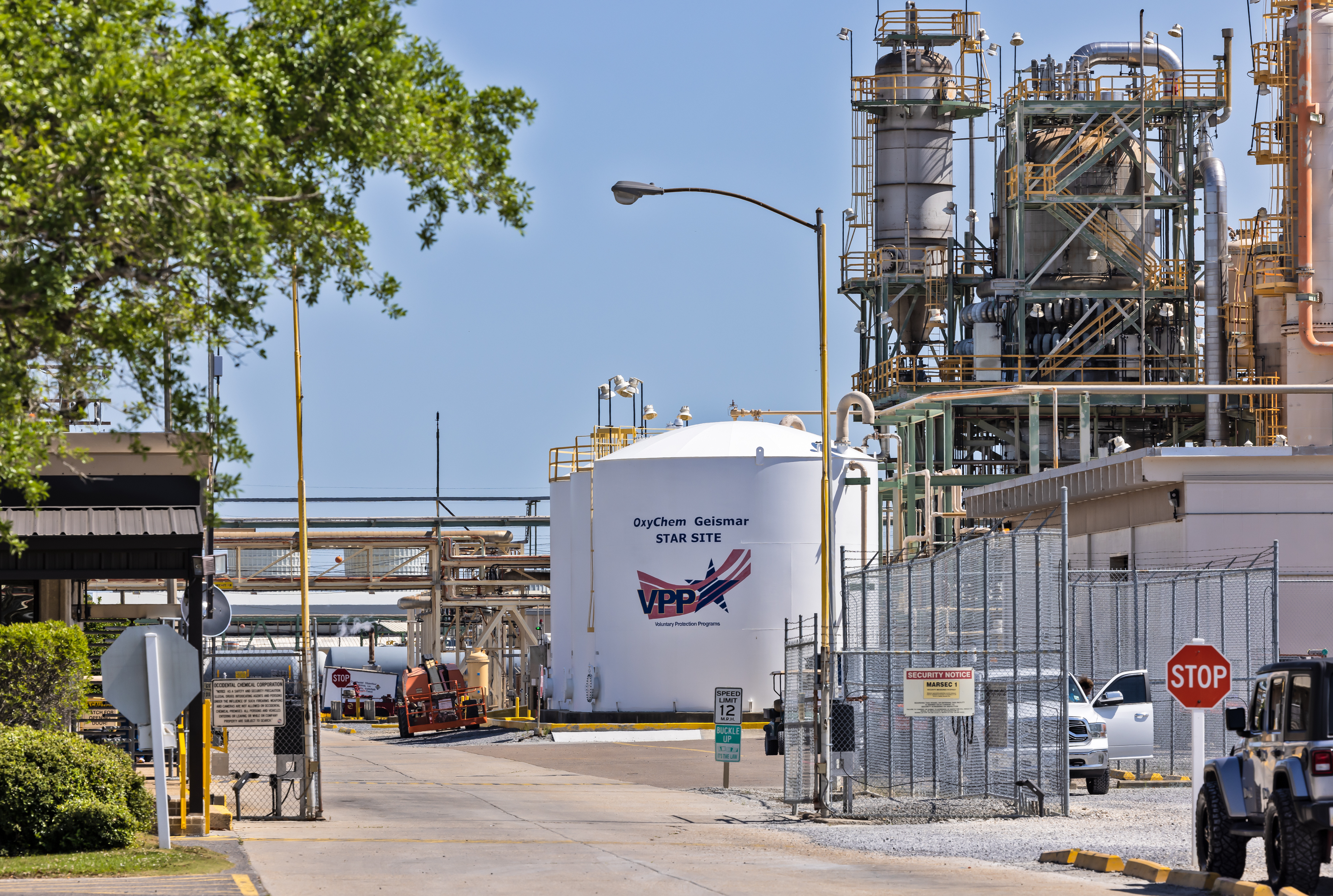Cancer Alley: Occidental profile


Occidental Petroleum is a fossil fuel company headquartered in Houston, Texas, although it was based in Los Angeles for most of its history. It incorporates the assets of Andarko Petroleum from Texas and Kerr-McGee from Oklahoma, both of which were major fossil companies in their time. In Colombia, the U’wa Indigenous peoples successfully campaigned to force Occidental from drilling on their lands and to sell its concession to Ecopetrol. Occidental continues to operate the 780 kilometer long Caño Limón pipeline in Colombia to the port of Coveñas which has contaminated the Arauca, Capanaparo and Cinaruco rivers. It has been sued for providing military equipment to Colombian army used to massacre union members along the pipeline route. In Peru, Occidental has agreed to a confidential settlement in 2013 with the Achuar Indigenous community for 30 years of contaminating the Corrientes River basin.

(See the U.S. Environmental Protection Agency's Enforcement and Compliance History Online for Occidental's plants in Convent, Hahnville and Luling. Note that auto-display of data from this link may be disabled for some browsers. If so, copy the URL manually into a new browser window to see it.)
In the United States, Occidental is one of the largest companies involved in fracking in the Permian Basin in Texas and New Mexico, where it has been sued by WildEarth Guardians for air pollution. Before it became part of Occidental, Andarko paid the largest environmental settlement in U.S. history for contamination across the U.S. by Kerr-McGee such as the pollution of Lake Mead in Nevada with rocket fuel and radioactive waste dumping in the Navajo Nation. Occidental has also paid out $190 million in 2014 for the contamination of the Passaic River in New Jersey and $129 million in 1995 for the historical contamination of Love Canal in New York state by Hooker Chemical Company which it bought in 1968.

To learn more about Occidental Petroleum, see the CorpWatch Gulliver profile here. A complete list of CorpWatch's Cancer Alley profiles may be accessed here.
Quick Facts: Occidental Petroleum
Environmental justice indicators within a one mile radius of Occidental's Convent plant(US EPA, 2022)
Environmental justice indicators within a one mile radius of Occidental's Hahnville plant (US EPA, 2022)
Environmental justice indicators within a one mile radius of Occidental's Luling plant (US EPA, 2022)
|